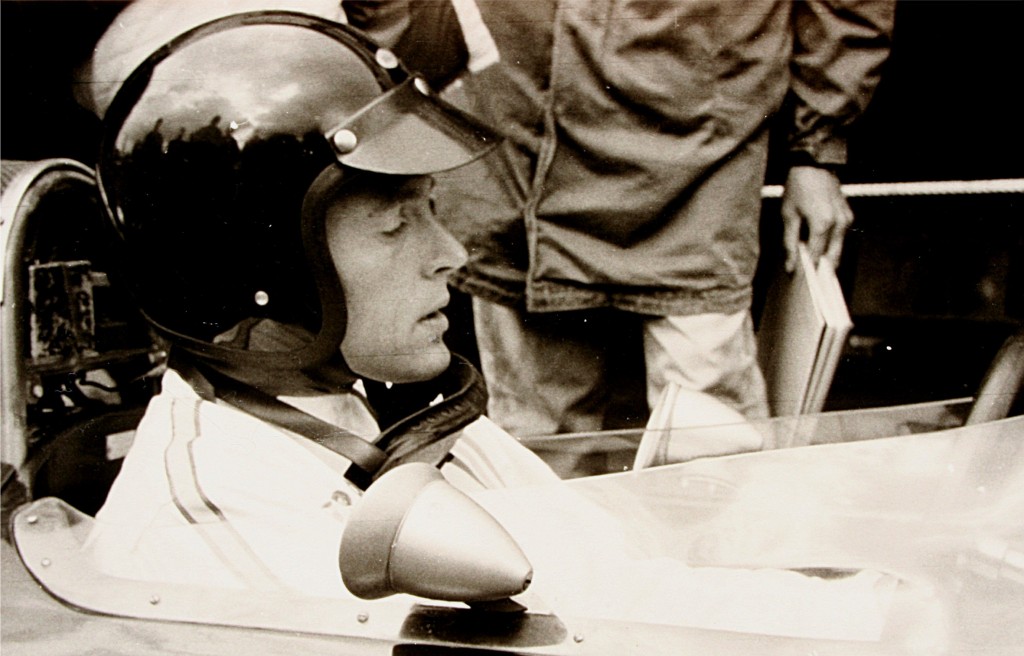My friend and colleague Bob Sutton wrote an interesting post last week on the topics of good bosses, FUBAR, and SNAFU. Having personally contributed to a few SNAFU situations (honestly, how could you not if you've ever shipped anything real?), and living a large part of my life these days helping others work through situations mired in the muck of FUBAR, I really appreciated his post. It's one that anyone engaged in the art and science of bringing cool stuff to life should read. Here's an excerpt:
But it is impossible to be a leader without facing stretches where you and your followers are overwhelmed with the complexity and uncertainty of it all. When this happens, to maintain everyone’s spirits keep them moving forward, and to sustain collective stamina, sometimes it is best to embrace the mess–at least for a while.
This challenge reminded me of two of the most famous and fun World War II expressions:
SNAFU — situation normal, all f**ked-up
FUBAR — f**ked-up beyond all recognition
One CEO I know… uses the distinction between the two to help decide whether a "mess" requires intervention, or it is best to leave people alone for awhile to let them work through it.
He asks his team, or the group muddling through mess: "Is it a snafu or fubar situation? " He finds this to be a useful diagnostic question because, if it is just usual normal level confusion, error, and angst that is endemic to uncertain and creative work, then it is best to leave people alone and let hem muddle forward. But if it is fubar, so fucked-up that real incompetence is doing real damage, the group is completely frozen by fear, good people are leaving or suffering deeply, customers are fleeing, or enduring damage is being done to a company or brand — then it is time to intervene.
I love this distinction between SNAFU and FUBAR, and as a leader of, and contributor to, teams engaging in the creation of new things, I find it really useful, on several levels.
First, if I tried to deal with every FUBAR and SNAFU situation on my radar, I would go completely batty. As Bob also writes, indifference can be as important as passion, and knowing what not to engage in helps save your passion for the things that really matter to you and the people you work with. Focusing on FUBARs seems like a great way to spend your time as a manager.
Second, what I judge as SNAFU may not be SNAFU to those really close to the matter, such as the core design team working on a project. When exposed to the chaos that is a design effort in the middle of things, it is hard as an outsider to feel as much confidence about where things are going as the folks who are working on it each day. In those situations, you have to go more by their body language than by the content, as the tendency at these points as an outsider is to see a lot of SNAFU, perhaps because it is. But experience says that the SNAFU feeling may actually be part and parcel of the design process; if you're not feeling it you may not be pushing enough. And calling SNAFU on a team may actually have an effect opposite to what you desire, as imposing your opinion on folks who have the experience and wherewithal to work out their own problems is as sure a ways as any to sap morale, destroy confidence, and extinguish the spark of intrinsic motivation. As Bob says, better to let people work through their own problems, so long as you have confidence that the time, resources, and talent are there to make it happen.
FUBAR, on the other hand, demands action. These situations cause damage to brands, organizations, careers, and sometimes even people. It's a sign of good leadership when they are identified honestly, and dealt with effectively, even if it means long, difficult road to reach a solution
So, in a long-winded way, I agree with Bob. But, I do think there's more to this story. There's another World War II acronym called SUSFU, and it is some ways the most pernicous of this trio of f-bomb acronyms. Here's what it stands for:
SUSFU: situation unchanged, still f**ked up
Of all the "FU" family of acronyms, SUSFU is the one that really gets my goat. SUSFU is the groundhog day version of FUBAR, in that it invovles something that's a mess, but which somehow has been left unresolved so long as to become routine, even invisible. At one point a SUSFU was a FUBAR, but maybe it didn't get fixed, and then people got scared to deal with it, and then they chose to live with it rather than try to challenge it. This can happen in one's personal life, in a long-lived team, certainly in an organization of any size, and especially in society. Think of big wrongs which existed in our own culture for many years — such as limited voting rights — and in each case you'll see as SUSFU loitering around the premises. Global warming is a SUSFU. The lack of vocational training and apprenticeships in this country for the mechanically-minded is a SUSFU. That lackluster loss leader in your product lineup is also a SUSFU.
FUBAR's are usually self-evident and feel like a crisis to most observers, so taking the responsibility to express the leadership to resolve them, while challenging and hard, is a relatively straightforward decision. A SUSFU, on the other hand, is likely to be flying under the radar to the part where it's become part of everyday life, so remedying it will demand the vision, sense of humor, and fortitude of Brad Pitt's character in Moneyball. SUSFU's are resilient SOB's, rising zombie-like to thwart all your best efforts to move forward. The upside is that the payoff for righting a SUSFU can be enormous. To be sure, slaying a SUSFU may be a quixotic endeavor, but in my opinion we need more people to take up the cause of moving past them.
Here's my challenge to you: in the next year, could you identify one SUSFU in your life and then try to make it better? Imagine the the collective impact of thousands of us unf**king all those SUSFU's. Pretty f**king awesome, no? Go for it. JFDI.


